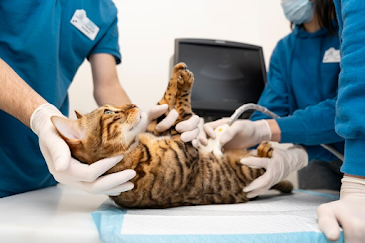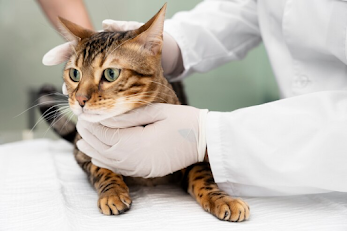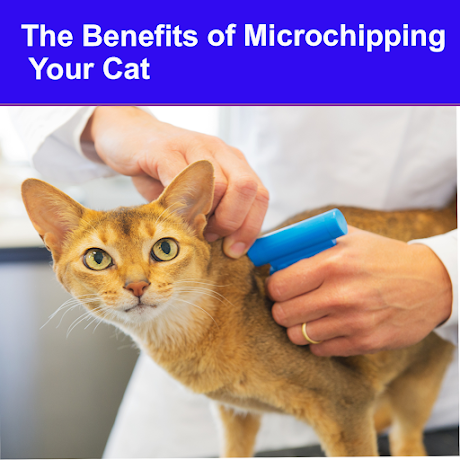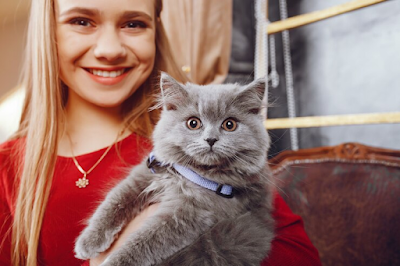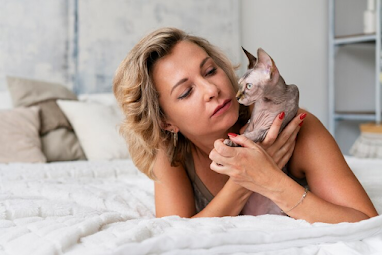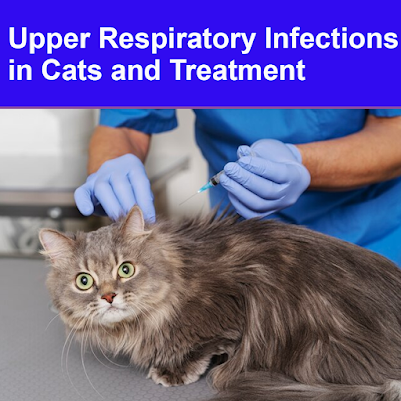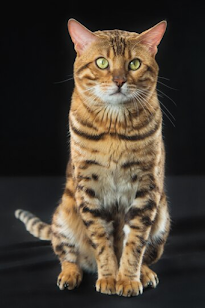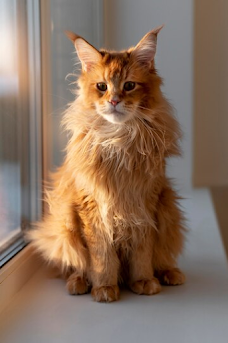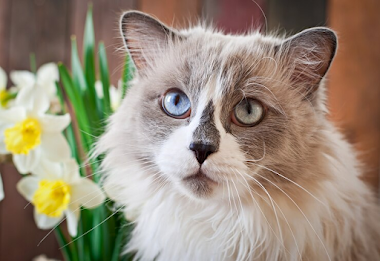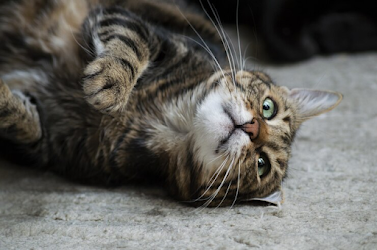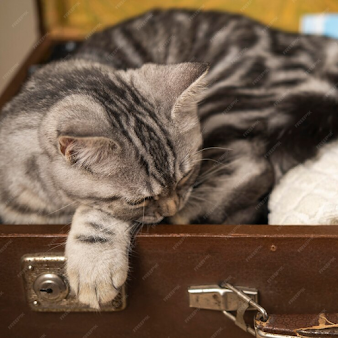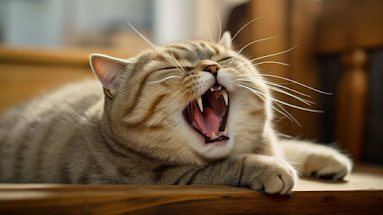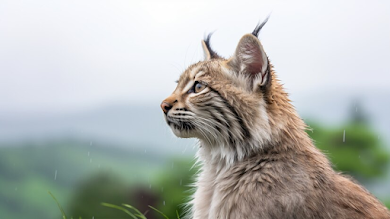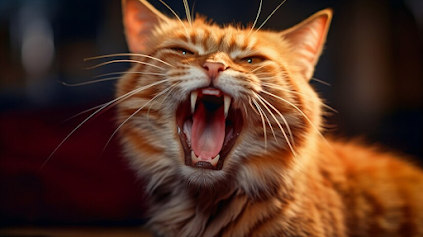Lyme Disease in Cats
Lyme disease is a bacterial contamination communicated by ticks yet seldom found in felines. Uncovered felines don't necessarily in every case foster the side effects found in canines and people, and finding can be precarious. Lyme illness can prompt fever, dormancy, and unfortunate hunger. The right treatment can encourage your feline in a short measure of time. Peruse to learn about the side effects, causes, risk elements, treatment, and anticipation of Lyme disease in felines.
What Is Lyme Disease?
Lyme disease is a tick-borne illness brought about by a disease of Borrelia burgdorferi microorganisms. The infection influences numerous species, particularly people and canines, yet it seldom influences felines. It has been demonstrated the way that felines can become contaminated with Borrelia burgdorferi microbes, yet many don't give indications of the disease. By and by, it is a conclusion to consider when felines have side effects viable with Lyme sickness, particularly in regions where Lyme illness is normal, like New
Britain, New Jersey, New York, Maryland, Delaware, and even Pennsylvania, Wisconsin, and Minnesota.
Felines can become tainted with Borrelia burgdorferi without creating side effects of Lyme illness. Where Lyme illness is normal, felines might test positive for openness to microscopic organisms despite not giving any indications of the sickness.
RELATED: 10-tips-for-building-stronger-bond-with Cats
Cats' Lyme Disease Symptoms
The side effects of Lyme illness in felines are like those in canines and people. however not as serious. Signs ordinarily start to show up within half a month after contamination.
Contact your veterinarian assuming that your feline fosters these side effects during the warm weather conditions season when ticks are dynamic. Numerous other tick-borne illnesses can influence felines, and most are pervasive in the northeastern piece of the US. One sickness, called anaplasmosis, happens in felines and prompts fever, torpidity, and unfortunate craving. It is additionally treated with anti-infection agents.
Limping
Since Lyme sickness influences the joints and muscles, your feline might start limping. The limping might move from one leg to another as the feline attempts to deal with the distress. The appendages might start to feel quite a bit improved, then aggravation repeats sometime in the not-too-distant future.
Pain and Stiffness
The tainted feline might encounter solidness and torment around the joints and muscles. The appendage joints may likewise be enlarged.
Fever
A fever in a feline can cause various illnesses, including Lyme sickness. However it's ideal to allow your vet to take your feline's temperature with a thermometer, you can look for fever side effects, like languor, shuddering, or an expanded breathing or heart rate.4 On the off chance that the side effects of fever have not decreased, call your vet right away.
Sluggishness and Diminished Hunger
A feline with Lyme sickness might act torpid and lose their craving. The microscopic organisms can likewise influence the heart, causing outrageous depletion.
Adjacent Diabetic Syndrome
On the off chance that Lyme infection is left untreated, a feline might encounter kidney illness as the microorganisms go all through the circulation system. The kidney issues will prompt expanded thirst, peeing, and heaving. The infection might be causing irritation of the kidney, adversely influencing how it channels the feline's blood and poisons.
What Causes to Cats Get Lyme Disease?
Lyme illness is brought about by the microscopic organism Borrelia burgdorferi. Ticks become contaminated with these microscopic organisms by benefiting from tainted mice and other little creatures. They then, at that point, communicate with the microorganisms while gnawing with different creatures.
Lyme illness is sent by the deer tick (likewise called Ixodes scapularis or the dark-legged tick) and a few other firmly related ticks. The specific tick species differs by area, yet the deer tick is sufficiently little to nibble creatures and individuals without being effectively identified.
Felines that invest a great deal of energy outside, particularly in regions with shrub or tall grass, are most in danger of being contaminated with Lyme sickness microorganisms. Ticks can be conveyed into yards on different creatures, so even felines that don't wander far can be nibbled by a tick. Ticks are oftentimes tracked down on canines and can hitch a ride into the home to nibble an indoor pet feline. There is no proof that Lyme illness is spread by direct contact between creatures, nor between tainted pets and their proprietors.
RELATED: Solve-aggression-between-household-cats
How Veterinarians Identify Cat Lyme Disease
Since scarcely any felines foster side effects after contamination with Borrelia burgdorferi, a finding of Lyme sickness should be made on a blend of elements. A neutralizer test isn't sufficient to make a finding all alone because not all felines that are presented to Borrelia burgdorferi become ill, and the antibodies can persevere in the blood for quite a while after openness.
Your veterinarian will utilize the accompanying devices to assist with diagnosing Lyme sickness:
- History (particularly openness to ticks)
- Clinical signs
- Lab tests, like blood, pee, and X-beams might preclude other causes
- Lyme illness (Lyme borreliosis) in felines. Merck Veterinary Manual.
- Inspecting of joint liquid
Treating Lyme Disease in Cats
Lyme sickness is ordinarily treated with anti-microbial. In canines with Lyme sickness, anti-infection therapy as a rule delivers a quick improvement in side effects, and the equivalent ought to turn out as expected for cats.5 Assuming there are more difficult issues that may be optional to Lyme illness, for example, kidney infection, a more drawn-out course of anti-toxins is generally vital, alongside extra therapies. Your vet will foster a therapy plan lined up with your feline's requirements and clinical circumstances.
The prognosis of Lyme disease in cats
The guess for felines with Lyme illness is great. On the off chance that the feline is treated as quickly as possible, a full recuperation ought to be quick. Postponed treatment can in any case prompt a decent result, however, it will take more time to accomplish, and some tissues or joints might turn out to be irreversibly harmed and stay excruciating.
Ways to Avoid Lyme Disease
To prevent Lyme disease and other illnesses that ticks can spread, tick management is crucial. This applies to both people and dogs. Follow these actions to maintain your pet's health:
Elimination and Management of Ticks
Actually, look at open-air felines day to day for ticks and securely eliminate them as quickly as time permits. Pull back the fur and analyze the feline at the skin level. A tick that is taken care of will join itself to the creature's skin, not to its fur. Since ticks should be taken care of for no less than 12 hours (perhaps 36 to 48 hours) before communicating the microbes that cause Lyme illness, eliminating the tick at the earliest opportunity can assist with forestalling transmission.
Be cautious dealing with ticks as they might possibly contaminate individuals, as well. It additionally assists with realizing that ticks don't bounce around like insects, however, it might at first be difficult to recognize the two bugs.
Thank you for reading Lyme Disease in Cats.



